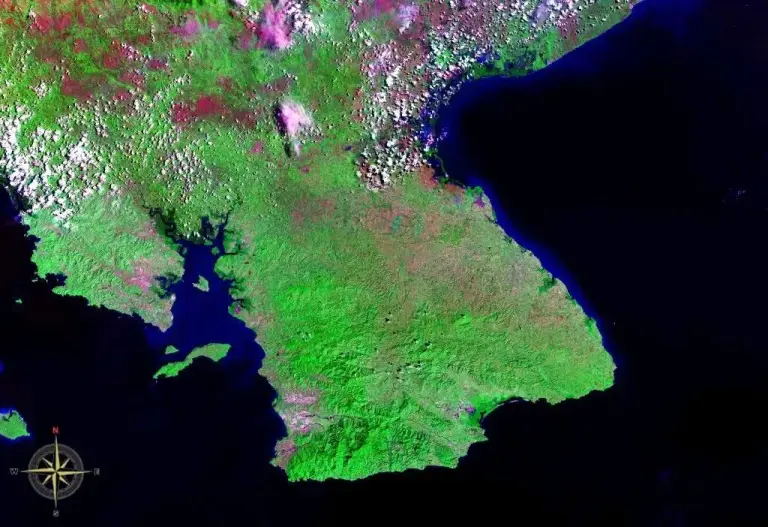Communities across Panama’s Azuero Peninsula have now lived for nearly half a year without reliable access to potable water. A severe contamination event detected in late May 2025 forced the shutdown of critical water treatment facilities. Thousands of families in Herrera and Los Santos provinces remain dependent on water distribution points and boiling all water for safety.
The crisis originated on May 27, 2025, when the National Institute of Aqueducts and Sewers (IDAAN) suspended operations at four key water purification plants. Officials took this drastic action after discovering dangerously high contamination levels in the La Villa and Estibaná rivers. These waterways serve as the primary water source for the region’s population.
Disinfection Process Begins Amid Public Frustration
IDAAN has initiated a phased disinfection program for the affected infrastructure. Work at the Llano de Piedra plant concluded during the first weekend of November after a continuous 48-hour operation. Crews focused on thoroughly cleaning the facility’s internal systems.
The institute now prepares for the next stage of the recovery process. “We have 360 kilometers of pipeline that we must disinfect,” explained IDAAN Director Rutilio Villarreal during a National Assembly hearing in June. “That does not happen in one week. We need planning and also the cooperation of the population.” National Institute of Aqueducts and Sewers (IDAAN) technicians are executing a careful sequence, addressing treatment plants first before moving to storage tanks and finally the distribution network itself.
This will take time, it will cost a great deal of money, and it will cause some inconveniences. [Translated from Spanish]
Villarreal delivered this sober assessment to lawmakers, acknowledging the project’s extensive scope and inevitable disruption to residents. His statement underscores the complex reality facing engineers and public health officials.
Public Health Concerns Drive Ongoing Response
Authorities continue to emphasize that only the Ministry of Health (Minsa) can officially declare the water safe for human consumption. This declaration will follow comprehensive testing after the disinfection of both the plants and the distribution pipelines. The ministry must verify that the water meets all safety standards before lifting the current consumption advisories.
Many residents express growing anxiety about potential health impacts from the prolonged water emergency. Reliance on alternative water sources and the constant need to boil water creates significant daily challenges. Public health experts note that contaminated water systems can increase risks for various waterborne diseases, particularly affecting vulnerable community members.
Distribution of water via tanker trucks continues in central locations like the Macaracas park in Los Santos. These temporary measures provide essential support but fall far short of a permanent solution for households, schools, and businesses.
Villarreal confirmed that engineers have completed assessments at all four facilities impacted by the river contamination. The Roberto Reina plant in Chitré, the Los Santos plant, and the facilities in Macaracas and Llano de Piedra all require significant adjustments to their treatment processes. These modifications aim to handle the persistently poor water quality entering the plants from the La Villa River.
Local officials urge residents to monitor official communication channels for accurate updates about the disinfection schedule and resulting water service interruptions. The institute warns that misinformation about water safety could create serious public health risks during this delicate recovery phase.
Six months into this crisis, the people of Azuero wait for a definitive timeline for restoring normal water service. The situation highlights the vulnerability of essential infrastructure and the profound impact of environmental degradation on daily life. While IDAAN makes incremental progress, the region’s struggle for clean drinking water continues with no clear end in sight.



